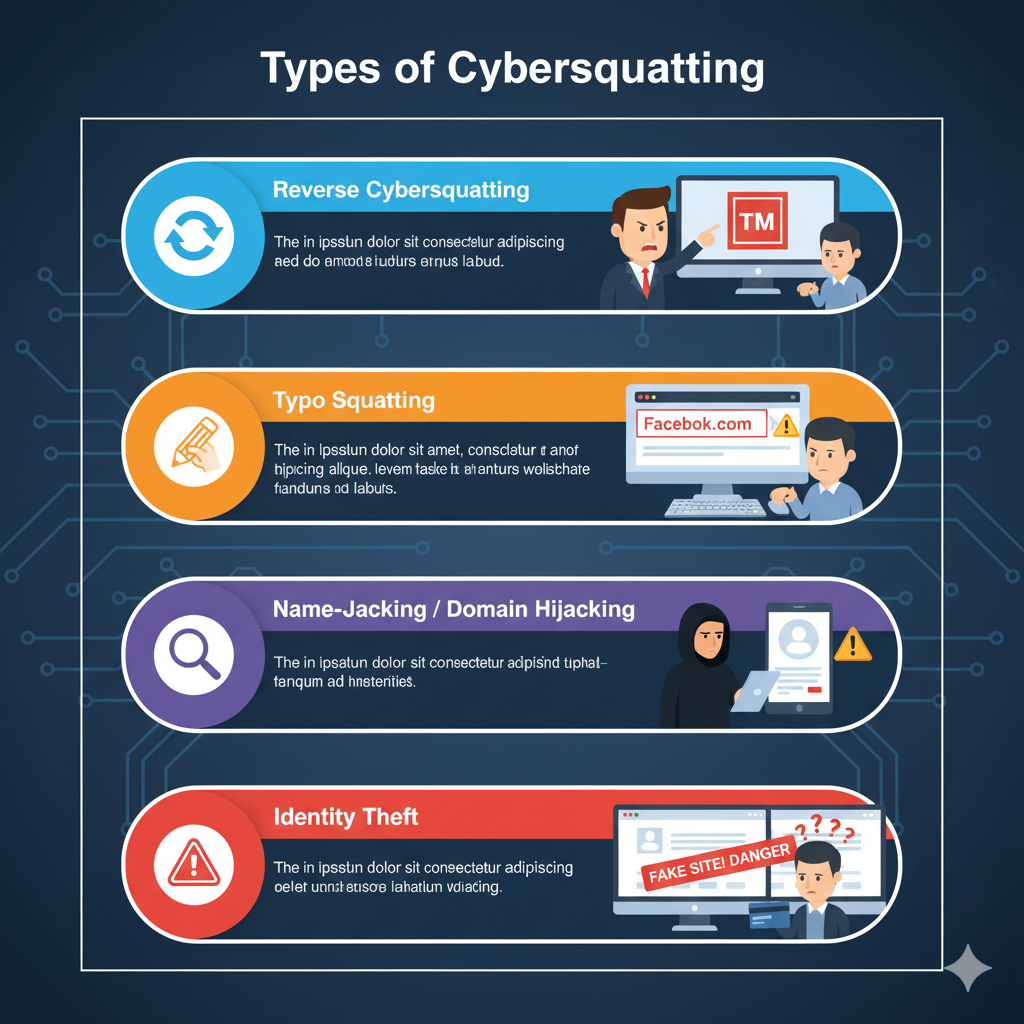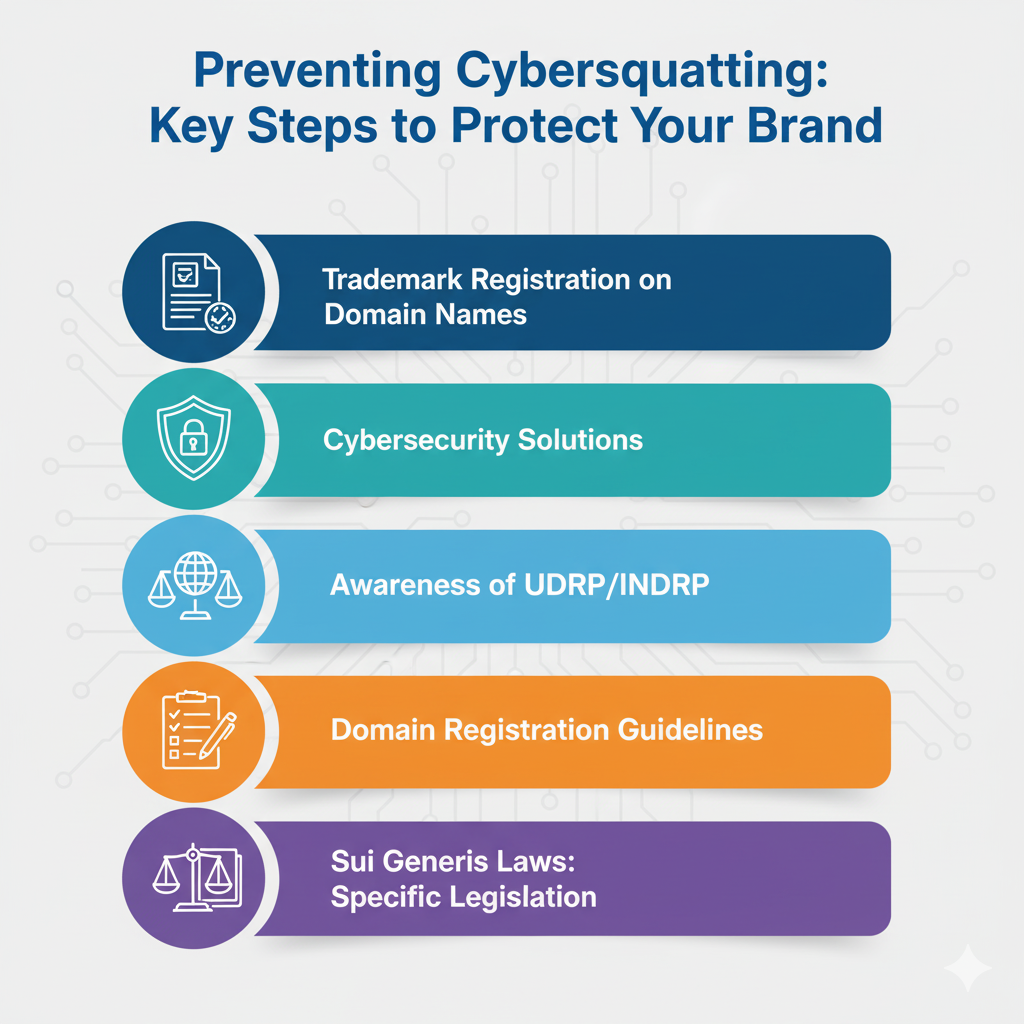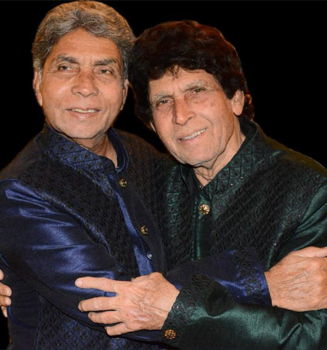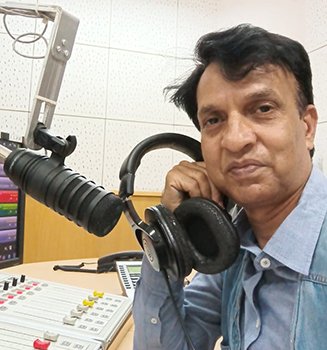Understanding Cybersquatting: Laws, Types & Prevention (India & USA)
Understanding Cybersquatting: Laws, Types & Prevention (India & USA)
What is Cybersquatting?
They may try to sell it back to the rightful owner or use it to divert traffic, mislead customers, or damage brand reputation.
Real-World Examples
In Manish Vij v/s Indra Chugh, the Delhi High Court defined cybersquatting as obtaining fraudulent registration with the intent to sell a domain name back to its rightful owner at a premium.
💡 Example:
Dell Inc. filed a case in 2007 against websites unlawfully registering over 1,100 domains similar to Dell’s trademark.


Types of Cybersquatting
🔄 Reverse Cybersquatting
Someone falsely claims a trademark as their own and accuses the original domain owner of cybersquatting.
✍️ Typo Squatting
Buying domains with spelling mistakes in famous brands (like Facebok.com).
Case Example: Nicole Kidman v/s NicholeKidman.com – WIPO ruled in her favor and transferred the domain.
🕵️♂️ Name-Jacking / Domain Hijacking
Impersonating celebrities or brands by creating fake websites or social media accounts.
👤 Identity Theft
Copying a brand’s website to confuse users and harm its image.
Detecting Domain Abuse
Companies use digital risk protection tools to detect lookalike or fraudulent domains.
These systems scan newly registered domains for similarity with existing brands and trigger alerts.
Early detection prevents:
✅ Identity theft
✅ Financial loss
✅ Brand damage
Legislation & Litigation
🇮🇳 India
No specific cybersquatting law exists.
Domain names are treated as trademarks under the Trade Marks Act, 1999.
Section 29 applies for trademark infringement.
INDRP (IN Domain Name Dispute Resolution Policy) handles
.inor.bharatdomain disputes via arbitration.
| Indian laws protect trademarks, and INDRP resolves disputes over .in and .Bharat domains through arbitration. |
🇺🇸 United States
ACPA (Anti-Cybersquatting Consumer Protection Act) allows trademark owners to sue for bad-faith domain registrations in federal court.
UDRP (ICANN) – The global Uniform Domain Name Dispute Resolution Policy – provides cost-effective arbitration.
(Note: UDRP remedies are limited to domain cancellation or transfer — no monetary damages.)

Steps to Prevent Cybersquatting
✔️ Trademark Registration on Domain Names
Register your domain name as a trademark to strengthen legal protection.
🔒 Invest in Cybersecurity
Adopt monitoring tools and anti-phishing measures.
🌐 Awareness of UNDRP/INDRP
Use these arbitration mechanisms for resolving disputes quickly.
📝 Stringent Domain Guidelines
Authorities should mandate checks before domain registration.
⚖️ Sui Generis Laws
India needs specific cybersquatting legislation beyond trademark law.
Notable Indian Case
Yahoo! Inc. v/s Aakash Arora & Anr.
The Delhi High Court ruled in favor of Yahoo! Inc. by prohibiting the use of Yahooindia.com, which closely resembled the Yahoo! trademark.
This landmark judgment established that a domain name can receive the same protection as a trademark.
Conclusion
Cybersquatting poses serious risks to brand integrity and consumer trust.
As India’s digital landscape grows, comprehensive laws and awareness are essential to curb online trademark abuse.
Strong legal frameworks and global cooperation can make the internet a safer and fairer space for all businesses.
Author’s Note
By Adv. Mamta Singh Shukla
Advocate, Supreme Court of India | Legal Researcher | PoSH Trainer
Follow for insights on Cyber Law, Digital Evidence, and Legal Awareness.









